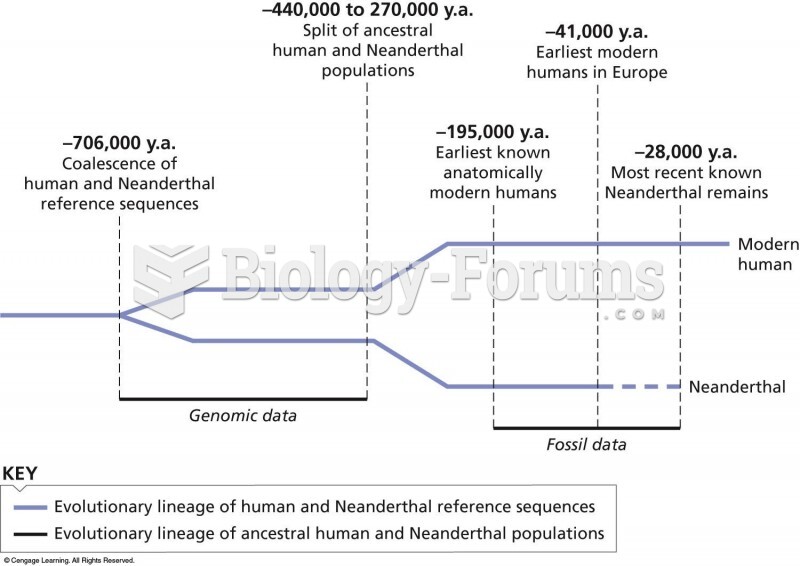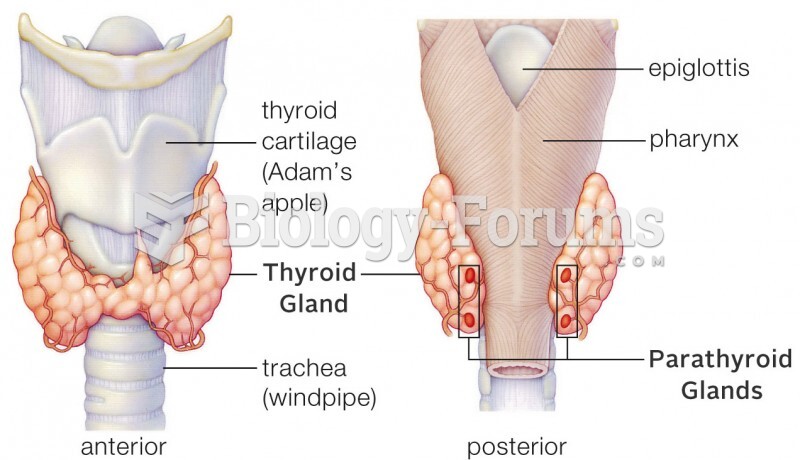|
|
|
There are approximately 3 million unintended pregnancies in the United States each year.
The Food and Drug Administration has approved Risperdal, an adult antipsychotic drug, for the symptomatic treatment of irritability in children and adolescents with autism. The approval is the first for the use of a drug to treat behaviors associated with autism in children. These behaviors are included under the general heading of irritability and include aggression, deliberate self-injury, and temper tantrums.
Fungal nail infections account for up to 30% of all skin infections. They affect 5% of the general population—mostly people over the age of 70.
Human stomach acid is strong enough to dissolve small pieces of metal such as razor blades or staples.
The B-complex vitamins and vitamin C are not stored in the body and must be replaced each day.







